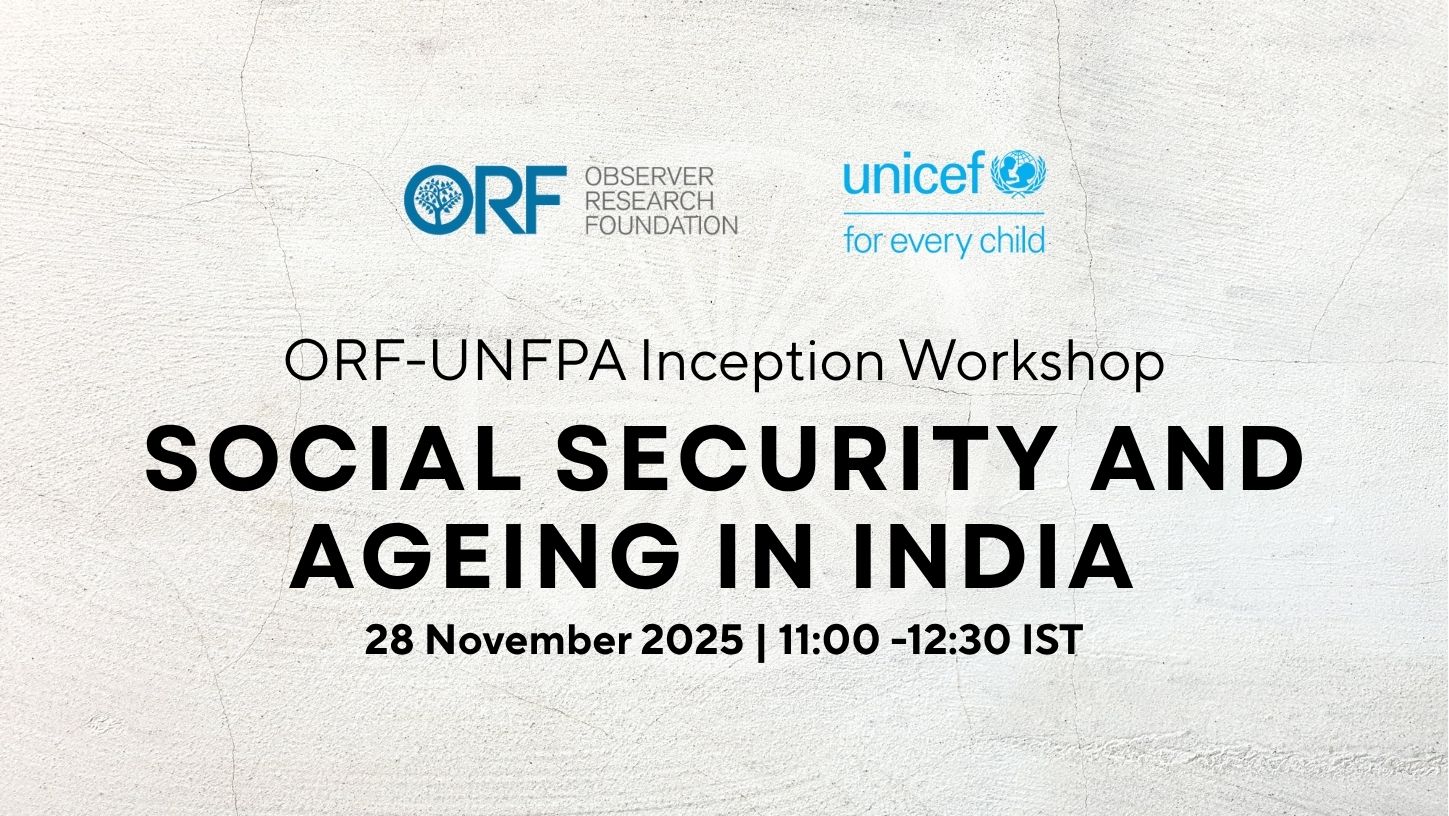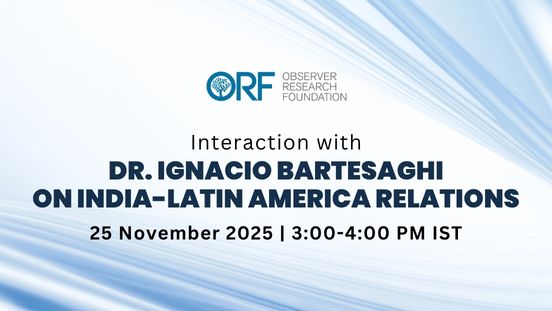-
CENTRES
Progammes & Centres
Location
The United States (US) is recalibrating its strategy in the Indian Ocean, driven by the region’s rapidly evolving geopolitical and geostrategic landscape. The US approach has moved from unilateral dominance to a more collaborative strategy that emphasises shared leadership through a technology-driven security paradigm. This ...
Public transportation (PT) planning in Indian cities has historically focused on private vehicles and rail-based systems while neglecting bus-based transit. Such planning has led to fragmented urban mobility solutions. This study evaluates the effectiveness of PT systems planning in India by assessing the present state ...
This paper assesses how a transformational technology like Artificial Intelligence (AI) can be used by malicious actors to manipulate information and influence election results. It analyses the impact of such activities, and explores ways by which democratic polities can address this challenge. Reviewing cases from ...
Over three years since the February 2021 coup in Myanmar, the Association of Southeast Asian Nations (ASEAN) has made little progress in helping resolve the crisis despite releasing a ‘Five-Point Consensus’ (5PC) in April 2021. The political crisis that followed the coup poses a challenge ...
India’s geopolitically sensitive location and complex relationships with neighbours, global powers, and non-state actors necessitate national security strategies that include the Chemical, Biological, Radiological, and Nuclear (CBRN) domain. This paper discusses the current threat scenario related to CBRN technologies; it makes a case for leveraging ...
The late-first millennium BCE Arthaśāstra is popularly known for its vile recommendations—a perception that tends to overshadow its far more comprehensive and holistic message on state-building. While the treatise itself gives no geographical or chronological pointers, this paper takes a historicist approach to contextualise it ...
The 2023 United Nations Office on Drugs and Crime report highlights a surge in drug production in Myanmar, posing serious security challenges. The cultivation of poppy, key for heroin production, increased by 33 percent in 2022, reversing a downward trend seen since 2014. Experts attribute ...
In the backdrop of the Russia-Ukraine war, this paper explores the changing dynamics of the European Union (EU)-Central Asia relationship. It emphasises the growing significance of the Middle Corridor—also known as Trans-Caspian International Transport Route connecting South East Asia with Europe—as a potential alternative route ...
The Maghreb, often considered part of the Arab world, straddles the Euro-Mediterranean region, Sub-Saharan Africa, and the Arabian Peninsula—a location that has given it a distinct history, political landscape, economy, and development trajectory. It is also emerging as an arena for great-power contestations, and is ...
This paper assesses United States (US) presidents Donald J. Trump’s (2017-21) and Joe Biden’s (2021-present) respective records on the India-US technology partnership. During the Trump years, this domain of bilateral cooperation saw the finalisation of foundational agreements, including those on force interoperability, and new precedents ...

Soumya Bhowmick is a Fellow and Lead, World Economies and Sustainability at the Centre for New Economic Diplomacy (CNED) at Observer Research Foundation (ORF). He is pursuing his PhD and holds a double master’s degree in economics from Jadavpur University, ...
Read More +
Sreeparna Banerjee is an Associate Fellow in the Strategic Studies Programme. Her work focuses on the geopolitical and strategic affairs concerning two Southeast Asian countries, namely Myanmar and Thailand. Her primary focus is on the Rohingya issue within the Bay of ...
Read More +
